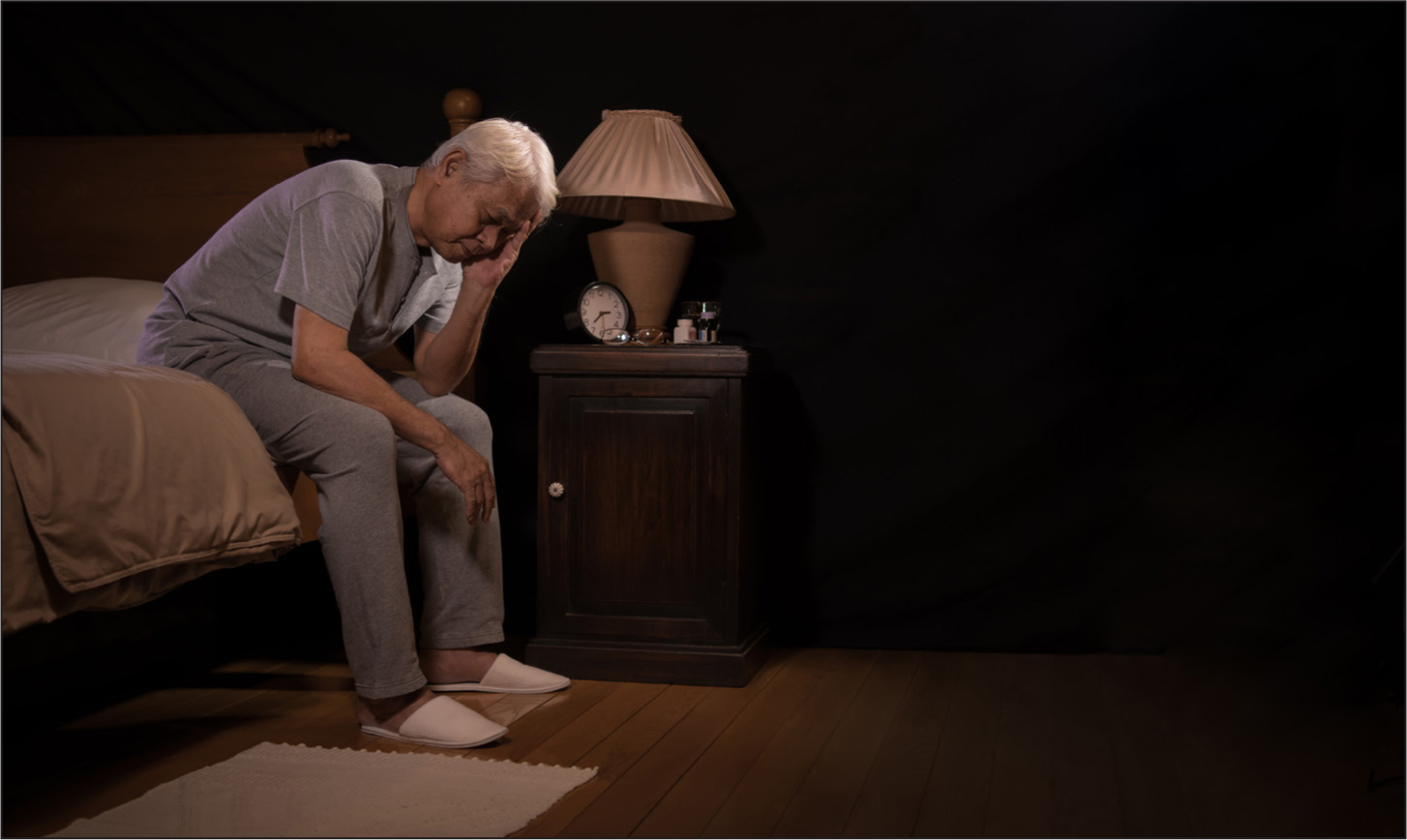Sleep disturbances associated with risk of stroke and dementia
Sleep is essential for all human functions. Disturbances in sleep are often overlooked when discussing risk factors for diseases. While the specific association remains unclear, sleep issues have been implicated as risk factors for dementia and stroke.
In a study evaluating these associations, Guo et al (2024) aimed to determine a causal relationship between sleep characteristics and risk factors for dementia and stroke, and to pinpoint magnetic resonance imaging (MRI) markers for small vessel disease (SVD).
Data were derived from the UK Biobank, where 502 383 participants self-reported sleep measurements such as duration, insomnia, chronotype, napping, dozing in the daytime and snoring. Primary outcomes in observational analyses included: incident stroke, dementia and their subtypes, and markers for SVD.
The mean participant age was 56.5 years; just over half (54.4%) were women and the vast majority were White (94.6%). There were 7668 cases of all-cause dementia and 10 334 cases of stroke. After a longitudinal analysis adjusted for cardiovascular risk factors, all participants with insomnia, daytime napping, and dozing were reported to have an increased risk of stroke. The association between insomnia and stroke was confirmed in the Mendelian randomisation analysis.
All measures except snoring were associated with vascular dementia; all measures except insomnia were associated with dementia risk (p=0.001). A cross-sectional analysis highlighted links between napping, snoring and MRI markers of SVD (p=0.001). A Mendelian randomisation analysis supported causal associations that linked genetically-predicted insomnia and increased risk of stroke, but not with dementia or small vessel disease markers.
According to the findings, multiple sleep measures can predict future risk of stroke and dementia. However, after controlling for cardiovascular risk factors, these effects were reduced and absent altogether for Alzheimer's disease. It is possible that there were variables such as cardiovascular comorbidities and reverse causality, where people who have survived a stroke or who have SVD experience increased levels of daytime sleepiness leading to frequent naps. The researchers recommend a cautious approach when introducing sleep disorder modifications to treatment regimens.

Targeting sedentary lifestyle and loss of muscle mass to reduce falls in older people
A study published by Frailty and Aging explored the correlation between muscle mass and the level of physical activity in older people who fall or who are considered at high risk of falling.
Gauvain et al (2024) conducted a cross-sectional study, that covered multiple regions including the French university hospitals of Angers, Lille, Limoges and Orléans.
The researchers examined routine care for adults over the age of 75 years, who were living at home and had received medical input for fall or gait disorder. They conducted geriatric and muscle mass assessments, and measured the level of physical activity with continuous actimetry (5 days) and an Incidental and Planned Exercise Questionnaire (IPEQ).
The study included 170 people who met the inclusion criteria. Its findings reported an association between the whole body muscle mass, lower limbs and active energy expenditure. However, muscle mass did not correlate with the number of daily steps or the IPEQ score. The analysis also found a positive and significant association between whole body muscle mass, active energy expenditure (AEE) and albumin levels. A similar correlation was also observed between lower limb muscle mass, AEE and Charlson.
The results indicate that older adults who fall or are at risk of falling make up a special group that needs target intervention to treat frailty, reduce sedentary lifestyle and increase physical activity. These efforts aim to address the loss of muscle mass and reduce the risk of falling in older people.
Cognitive interventions in older adults with chronic pain
A study published by Age and Ageing explored the effects of chronic pain on cognitive function in older people. The research was motivated by the paucity of previous studies on the subject and the importance of examining possible associations between pain and cognition, as many older adults live with chronic pain conditions.
Sun et al (2024) gathered data from the Health and Retirement study, which spanned a decade (2010-2020). They analysed the data for links between pain and the key areas associated with cognition: memory, attention, calculation, orientation and language. The team identified three pain trajectories and gathered data from 9551 older adults. Persistent severe pain trajectory was associated with worse cognition, memory and calculation abilities. Better cognitive outcomes were found for mild or non-persistent pain trajectories.
The researchers concluded that pain trajectories appeared to be stable over time in older adults. Interventions were recommended to address overall cognitive decline in older people with chronic pain.


